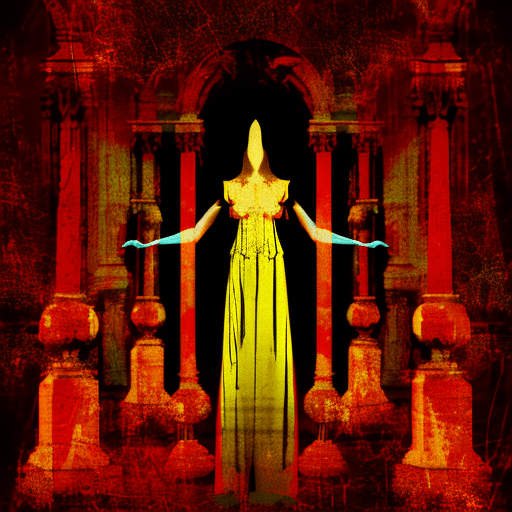One-line Summary:
The Duchess of Malfi is a tragic play by John Webster that explores themes of power, corruption, and the consequences of defying societal norms.
The Duchess of Malfi: A Tale of Power and Corruption
In John Webster’s tragic play, The Duchess of Malfi, the audience is transported to the court of Amalfi, where the Duchess, a young widow, defies societal expectations and secretly marries her steward, Antonio. This forbidden love sets off a chain of events that leads to betrayal, deceit, and ultimately, a tragic ending.
Love and Defiance in a World of Corruption
The central theme of The Duchess of Malfi revolves around love and defiance in a world corrupted by power and deceit. The Duchess, played by the strong-willed and independent woman, defies her brothers’ wishes and marries Antonio, a man beneath her social status. This act of rebellion challenges the established order and sets the stage for the ensuing tragedy.
As the Duchess and Antonio’s love blossoms, their relationship becomes a symbol of hope and purity amidst the corruption that surrounds them. Their love is genuine and untainted, in stark contrast to the manipulative and power-hungry characters that populate the play. However, their happiness is short-lived as their secret marriage is discovered, leading to a series of treacherous events that ultimately result in their tragic demise.
Power, Corruption, and Betrayal
The Duchess of Malfi delves into the dark underbelly of power and corruption, portraying the lengths to which individuals will go to maintain their positions of authority. The Duchess’s brothers, Ferdinand and the Cardinal, are prime examples of this corruption. They are consumed by their desire for power and control, and their actions become increasingly sinister as the play progresses.
Ferdinand, driven by jealousy and a twisted sense of possessiveness towards his sister, becomes the catalyst for the tragedy that unfolds. He hires Bosola, a former servant turned spy, to uncover the Duchess’s secret marriage. However, Bosola’s loyalty is questionable, as he is torn between his duty and his own moral compass. This internal conflict adds complexity to his character and raises questions about the nature of loyalty and betrayal.
As the plot thickens, the play becomes a web of deceit, betrayal, and revenge. Characters manipulate and deceive one another, leading to a series of shocking revelations and tragic consequences. The Duchess, Antonio, and their children become victims of the power struggles and corruption that surround them, highlighting the devastating effects of unchecked ambition and greed.
Key Takeaways:
- The Duchess of Malfi explores themes of power, corruption, and the consequences of defying societal norms.
- Love and defiance are central to the play, as the Duchess and Antonio’s forbidden love challenges the established order.
- The play delves into the dark underbelly of power, portraying the lengths individuals will go to maintain their positions of authority.
- Manipulation, deceit, and betrayal drive the tragic events that unfold, ultimately leading to the downfall of the play’s central characters.
“We are merely the stars’ tennis-balls, struck and bandied which way please them.”
In conclusion, The Duchess of Malfi is a gripping and tragic play that explores the themes of power, corruption, and the consequences of defying societal norms. Through its complex characters and intricate plot, John Webster shines a light on the dark side of human nature and the devastating effects of unchecked ambition. The play serves as a cautionary tale, reminding us of the dangers of corruption and the importance of love and integrity in a world consumed by power.












